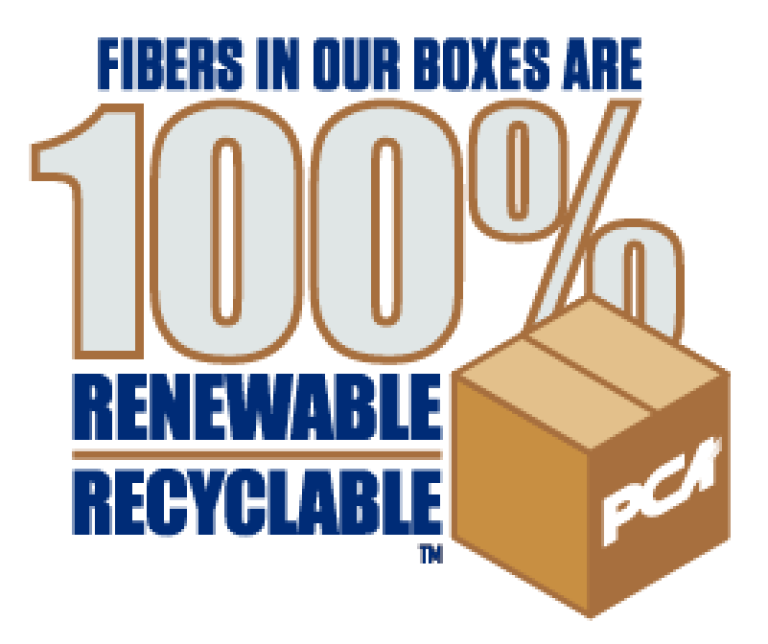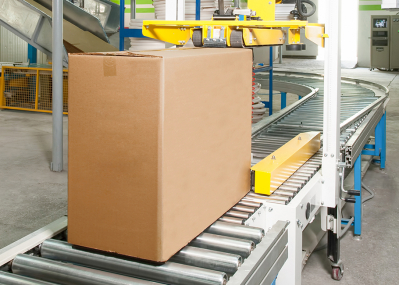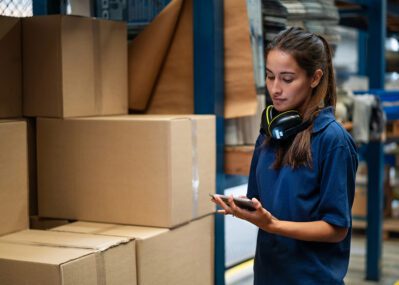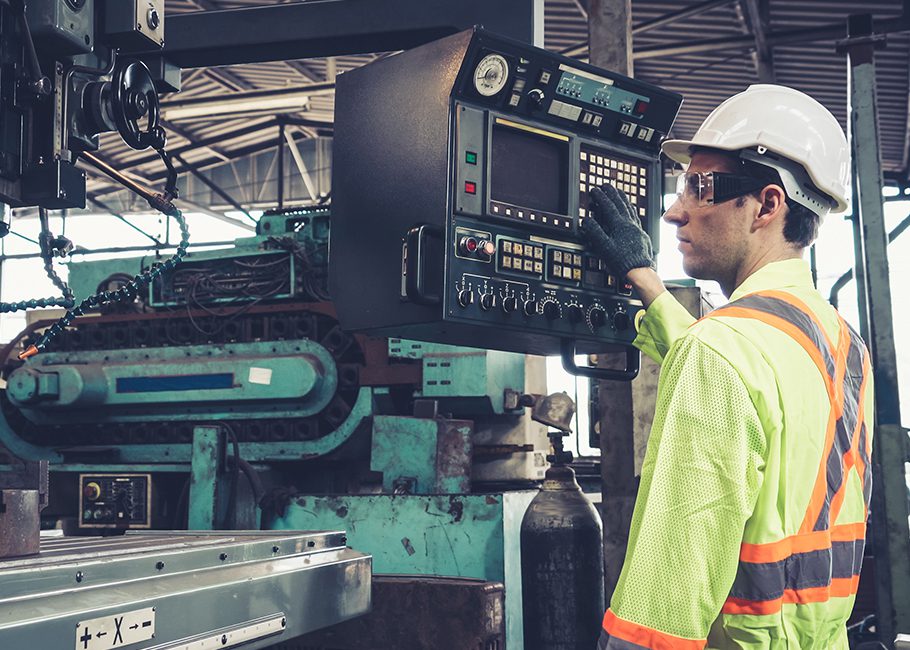
Manufacturing emerged from 2021 riding a strong bounceback from the pandemic. And now that we have begun a new year, there is optimism that this trend will continue through 2022 and beyond.
Ongoing growth, however, isn’t a given. Stressed supply chains, ongoing workforce shortages, emerging COVID variants and inflationary pressures continue. Manufacturers looking for long-term growth are focusing in on these top trends for 2022:
- Technology
- Managing through uncertainty
- Real sustainability
1. Technology
To ramp up after the global pandemic, manufacturing is relying on tech more than ever before. While connecting physical machinery and operations through the internet is not a new idea, 2022 could be a boom year for the concept. The Internet of Things (IoT) movement is expected to shift into high gear with massive amounts of data being generated to make smarter and faster decisions. According to Gartner research, 10% of manufacturers were using IoT in their operations last year, but that number is projected to grow to 50% by 2025.
2. Managing Through Uncertainty
The past two years of uncertainty have forced the manufacturing sector to adjust strategic plans, and 2022 could bring more of the same. While manufacturing is rebounding, several factors may stand in the way of additional growth:
- Labor shortages—Skilled and unskilled labor shortages have turned from critical to crisis situations. Incentives such as sign-on bonuses and more flexible work schedules are short-term fixes. Long-term solutions, such as investment in skilled training, will be needed to retain workers.
- Inventory control—Ongoing supply chain disruptions caught many manufacturers off guard in 2021. Some are procuring extra raw materials to avoid future manufacturing delays.
- Inflation control—A roaring economy coming out of the pandemic could be subject to rising interest rates to cool inflation.
It’s important to keep in mind that these are trends and not predictions. If manufacturers have learned anything during the past two years, it’s that the best way to be prepared is to anticipate uncertainty and focus on the long term.
3. Real Sustainability
Claiming products and materials are environmentally friendly just won’t cut it in 2022 or beyond. Verifiable proof is the next step in corporate and manufacturing sustainability. According to Michael Manney, PCA’s Senior Director of Corporate Sustainability and Environmental, Social and Governance: “Consumers expect greater transparency. They want full disclosure of product sourcing, packaging and delivery.”
One way that brands can meet this expectation is by sourcing certified materials and utilizing packaging that is renewable and recyclable. Seals and labels (like these) printed directly onto the package can help consumers easily identify products and companies that are environmentally and socially responsible.
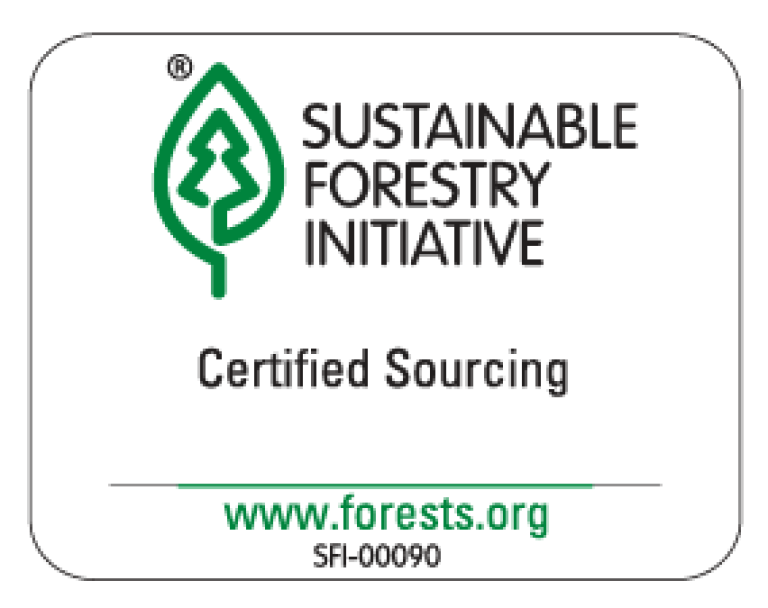
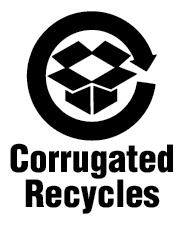
Brands can also seek innovative and sustainable packaging options. For example, PCA’s Hexacomb® is a packaging material used to provide protection and stability during transport. “The honeycomb corrugated product is made from sustainable material and is 100% recyclable,” explains Chris Finley, Hexacomb Director of Sales. “It’s been around for almost 50 years, and it continues to meet our customers’ needs, especially for those committed to going completely sustainable by 2025.”
If these issues sound familiar or you have questions about other challenges you’re facing, please get in touch. We are dedicated to the long-term success of our customers and fellow manufacturers.
Learn more about PCA’s sustainability initiatives or complete the form below to contact us.
